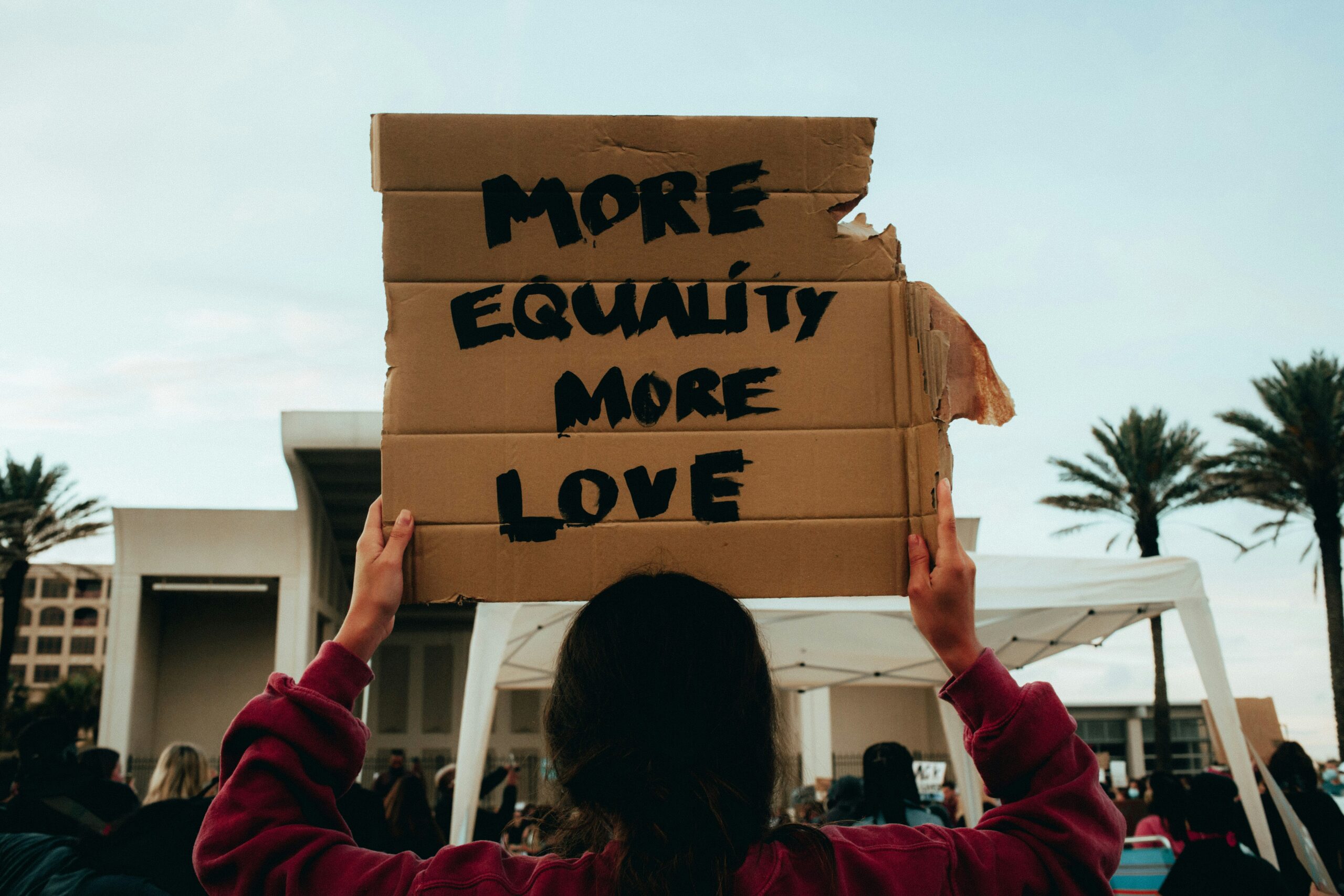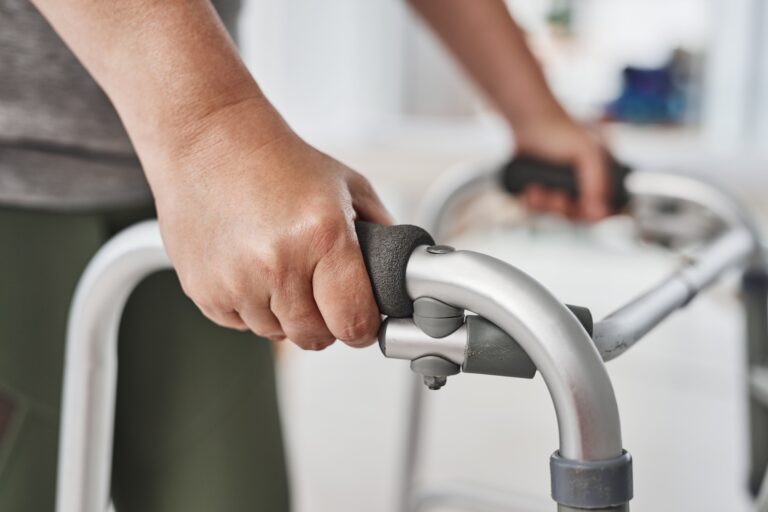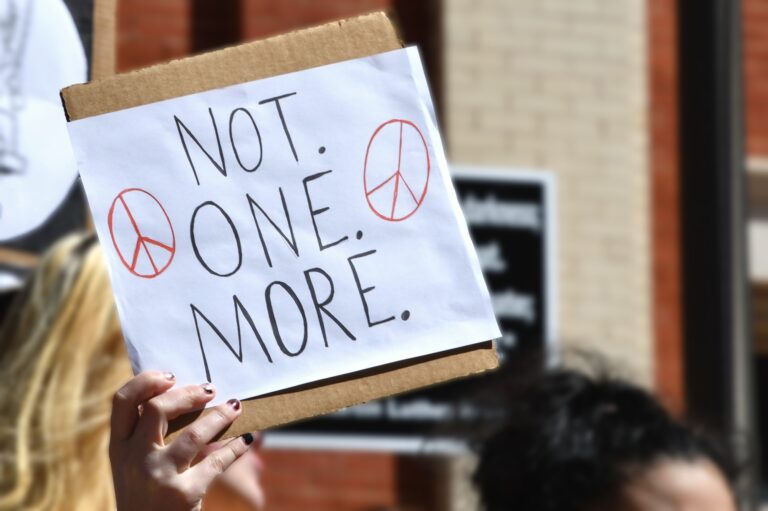Introduction:
Misunderstandings about domestic violence perpetuate stigma and silence victims. It’s time to address these myths with facts.
Content:
- Myth: Domestic violence only happens in poor or uneducated families.
Fact: It can affect anyone, regardless of socioeconomic status or education. - Myth: If it’s not physical, it’s not abuse.
Fact: Emotional, financial, and sexual abuse are just as damaging. - Myth: Victims can leave anytime they want.
Fact: Fear, financial dependence, and emotional manipulation make leaving extremely difficult.
Domestic violence is surrounded by myths and misconceptions that perpetuate stigma and prevent victims from seeking help. Breaking these myths is essential for fostering understanding and support.
One common misconception is that domestic violence only occurs in poor or uneducated families. In reality, abuse transcends socioeconomic, cultural, and educational boundaries. It can happen to anyone, regardless of their background.
Another myth is that if there is no physical harm, it isn’t abuse. Emotional, financial, and sexual abuse are just as damaging as physical violence. Emotional abuse, for instance, can leave deep psychological scars, impacting a victim’s self-esteem and mental health.
Some believe that victims can leave abusive relationships anytime they want. However, leaving is often the most dangerous time for a victim. Fear of retaliation, financial dependence, lack of support, and emotional manipulation make leaving extremely challenging.
There’s also the misconception that domestic violence is a private matter. Abuse is a societal issue, not just a personal one. Silence allows the cycle to continue, while awareness and intervention can save lives.
By understanding the realities of domestic violence, we can support victims and challenge harmful beliefs. Share this knowledge to help create a safer, more informed community. Together, we can break the cycle of abuse.







